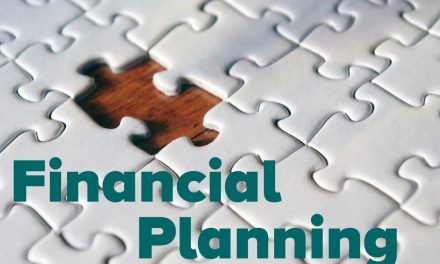Can you believe that summer is almost over? That can only mean one thing: back to school. While back to school is a great time to load up on school essentials for your son or daughter, if you’re not careful you can break the bank and end up paying for it for the months to come – literally. If you end up spending a small fortunate on back to school, it could delay – or worse, derail – your financial goals. You might have to wait longer to go on a family vacation, save towards your child’s education in an RESP or pay off your mortgage.
Similar to the holidays, back to school spending seems to be pricier each year. Here’s a fact that may shock you: online deals website RetailMeNot.ca found that families spend more on back to school than during another costly time – the holidays. This year families are expected to spend $883 on back to school, that’s $325 more than holiday spending. Ouch!
In a time of rising household, many parents are choosing to finance their back to school spending with their credit card and line of credit. This is putting a strain on their pocketbooks. The survey found that 40 percent of parent say it takes them months to pay off their credit card from back to school.
So why is back to school spending so darn expensive these days? Technology is one of the main reasons. The latest technology like laptops and smartphones are costing parents a pretty penny. Parents spend an average of $580 a laptop for their child and $250 on a smartphone. Some other big spending categories include clothing and shoes (an average spend of $300) and school supplies (an average spend of $100).
So how do you spend on back to school without paying for it for the years to come? Here are some ways to go back to school without breaking the bank and still keep your financial goals intact.
1. Create a Back to School Budget
Take the time to sit down with your son or daughter and create a back to school budget. This is the perfect teachable moment. You can teach your child that money doesn’t grow on trees and the importance of budgeting. You can explain the consequences of overspending – less money to spend on the holidays and a vacation.
2. Track Your Spending
While today’s cashless society is convenient, that convenience comes at a cost. It’s easier than ever to overspend. That’s because when you pay with your credit card instead of cash, studies have found it dulls the pain of spending. I find it’s helpful to get in the habit of checking your credit card statement at least once a week. This helps you see where you’re at for the month and avoids any credit card bill surprises at the end of the month.
3. Pay Yourself First
How do you avoid putting your savings goals on the back burner? By paying yourself first. Let’s say you want to save $3,600 by next summer for a family vacation. That’s a lot of money! But when you break it down monthly, it’s only $300 per month, a lot more manageable. By having $300 automatically deposited into your bank account and treating it like a line in your budget, you’re less likely to spend it and more likely to meet your financial goals.









